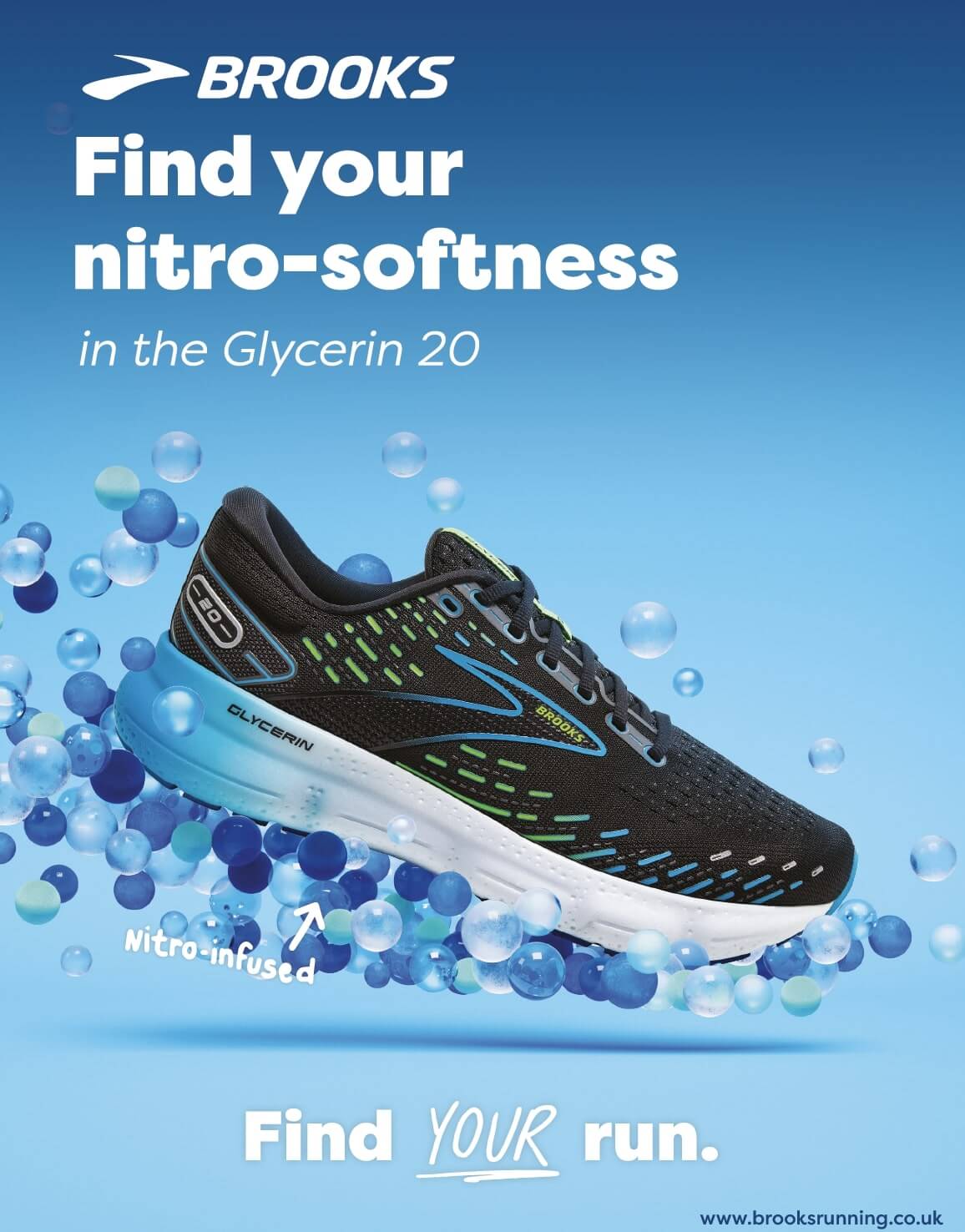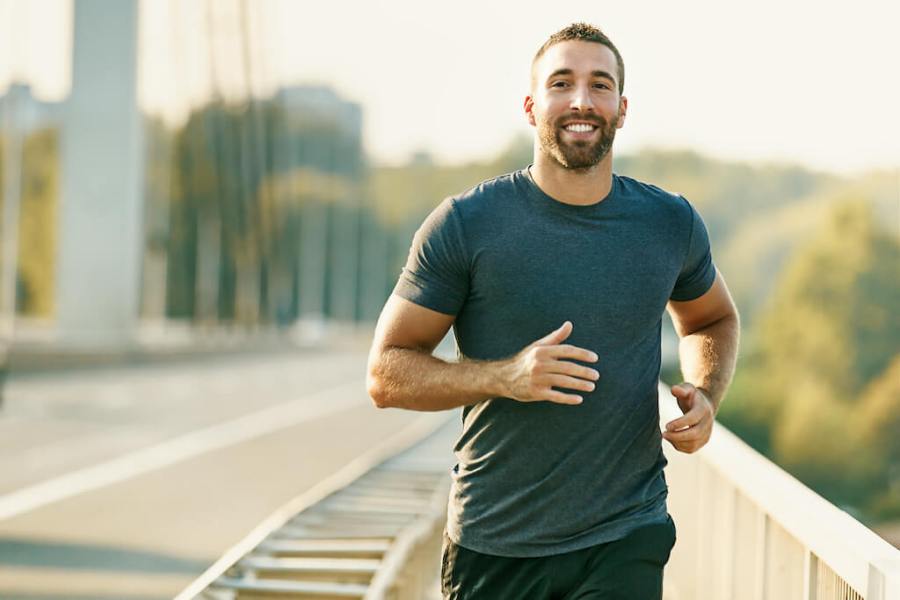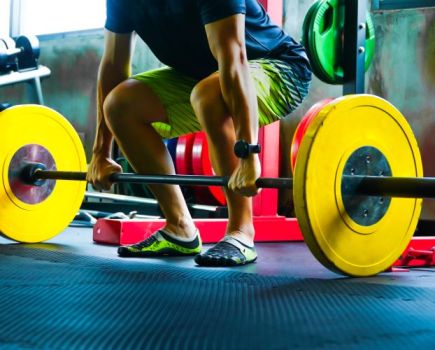Looking to step up from 5k to 10k? Brooks Running has got you covered…
The beauty of running is its simplicity and relatively low barrier to entry. Unlike other cardio exercises like cycling with their endless amounts of kit, or the monthly cost of a gym membership, going for a jog is as simple as lacing up a pair of shoes and heading out your front door.
Once you’ve got into the swing of things and have become a regular at your local parkrun, it’s only natural to want to push yourself further and sign up for longer events. Most turn to a 10k, and while it might seem daunting to double your target distance in one fell swoop, with the right preparation and training it’s more than achievable.
Fortunately, Brooks has a couple of nine-week-long 10k training plans for all abilities – whether it’s your first tilt at the distance, or you’re looking to smash your PB.
10k training tips
Warm up properly
Before each session, says Omar Mansour, PT and run coach, “mobilise joints, activate muscles and raise the heart rate.”
The Brooks training plans include additional easy warm-up and cool-down miles on top of drill-specific sessions.
Come race day, Mansour adds that it’s important to “give yourself a good 20 minutes to prepare your body so that you don’t need your first one mile to ease into the race.”
Find out how to improve running form
Find your 1%
While it might not seem like a long enough distance, Mansour recommends digging into marginal gains to help you achieve (and beat) your goal time: “Look at your sleep, nutrition, stress, lifestyle, training, and anything else that can affect your performance. By improving these aspects by 1% you can make a big improvement on race day.”
This can even extend to kit choice, with the right running shoes for the terrain making a huge difference. If tackling a trail 10k, the Cascadia 17 offers all-terrain stability so you can move quickly over uneven ground, while the propulsive cushioning of the Hyperion Max will help launch you to a PB on asphalt.
Change your pace
It can be easy to train at one, steady pace, but it’s important to vary the speed if you’re looking to push yourself.
“Training at different paces will prepare your body for a fast race,” says Mansour. “Train faster than your 10k pace, at your target 10k pace, and occasionally slower than 10k pace.”
It can also be a good idea to have multiple running shoes to choose from depending on the type of training you’re doing, with race-focused and steady-miles shoes designed differently.
For those slower runs, the plush cushioning of the Glycerin 20 will provide all the comfort and support you need to tick off the easier sessions.

Push yourself
Even if it’s not your first foray into slightly longer runs, it’s important to remember that as the mileage increases, so does the impact on your body.
“Getting a 10k will be hard work,” warns Mansour. “You’ll have to learn to push yourself both in training and on race day. Prepare yourself mentally as well as physically that the experience will be tough.”
It’s possible to give yourself a psychological advantage though through your shoe choice, particularly in a trail running race where the focus is less on a PB and more on completing the course.
The Caldera 6 is a great shoe to have in your armoury. Its confidence-inspiring traction and comfort-focused fit will help you get to the finish, regardless of the technical nature of the terrain.







